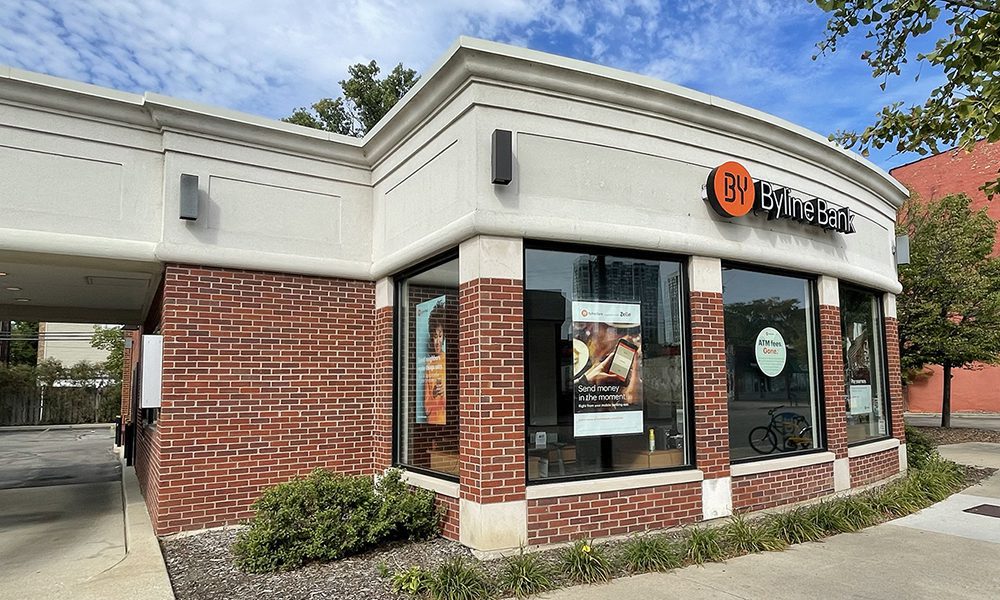Take the first step toward your financial goals with personalized support from Byline Bank.
Factoring Accounts Receivable

Factoring accounts receivable is a form of short-term borrowing. Typically, you transfer all or a portion of your accounts receivable to a bank or other lender known as a factor. The factor immediately gives you a percentage of your accounts receivable. The percentage the lender is willing to advance is known as the discount rate and is typically 60 to 80 percent. This money allows you to fund current business operations and generate new accounts receivable. Typically, the factor takes responsibility for collecting the accounts receivable. Your customers make payments to a lockbox (in general, this is a post office box). Under some factoring agreements, the factor will pay you additional amounts if and when your accounts receivable are collected (these are called residuals).
Factoring is referred to as a form of short-term borrowing, but your company can operate under a factoring agreement indefinitely. Each month, you factor a new set of accounts receivable. Although the relationship is long-term, each transaction is really a short-term loan whereby the lender advances funds to you and is typically repaid over a period of 30 to 120 days as your accounts receivable are collected.




